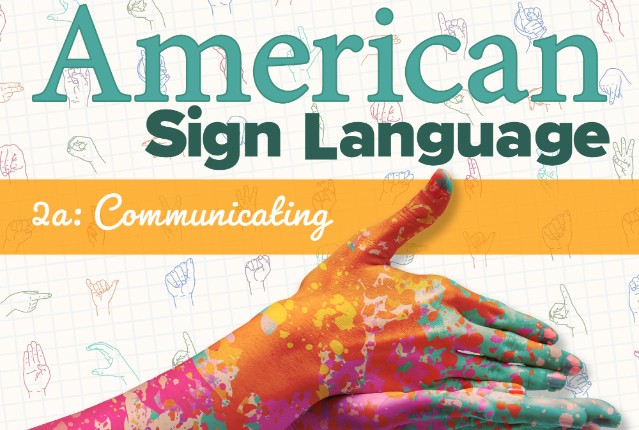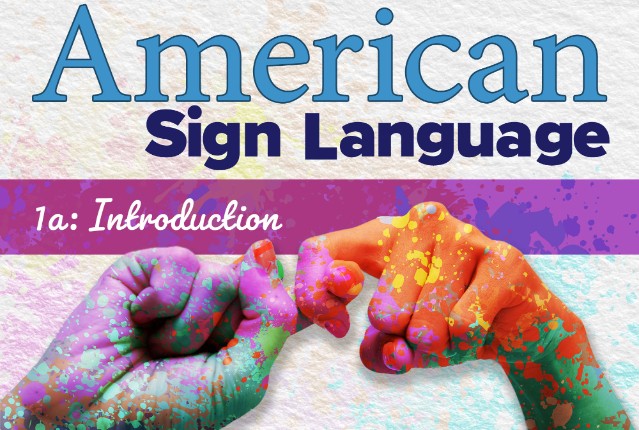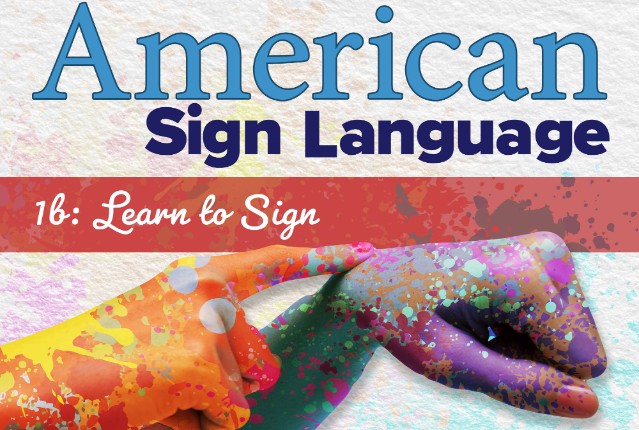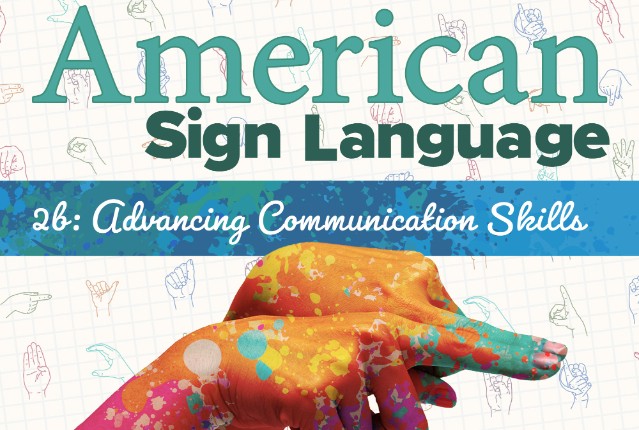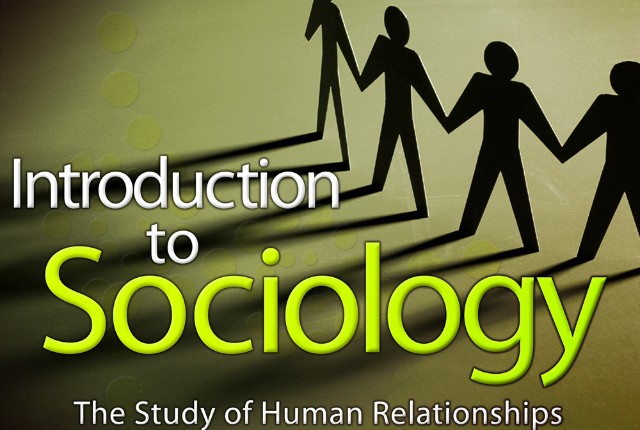Everyday living doesn’t have to be boring anymore. You can use your daily activities to practice your sign language! Walk the dog, buy some groceries, brush your teeth. All while “talking” to yourself in ASL. People might think you are a bit crazy, but that’s okay—tell them you are learning ASL, teach them a sign or two, and they will be intrigued. Along with tackling various activity related signs, we’ll also delve into the different types and styles of signing that you can find in the United States, and all the advances in technology that have allowed Deaf people to express themselves and communicate more easily over distances.
What will you learn in this unit?
- Distinguish between regional variations of ASL and unrelated sign languages used in the United States
- Describe your daily routine in ASL
- Shop for bargains and discuss them in ASL
- Use the sign FINISH as a time sign or as a conjunction
- Trace the history of communications and broadcast technology for use by the Deaf
